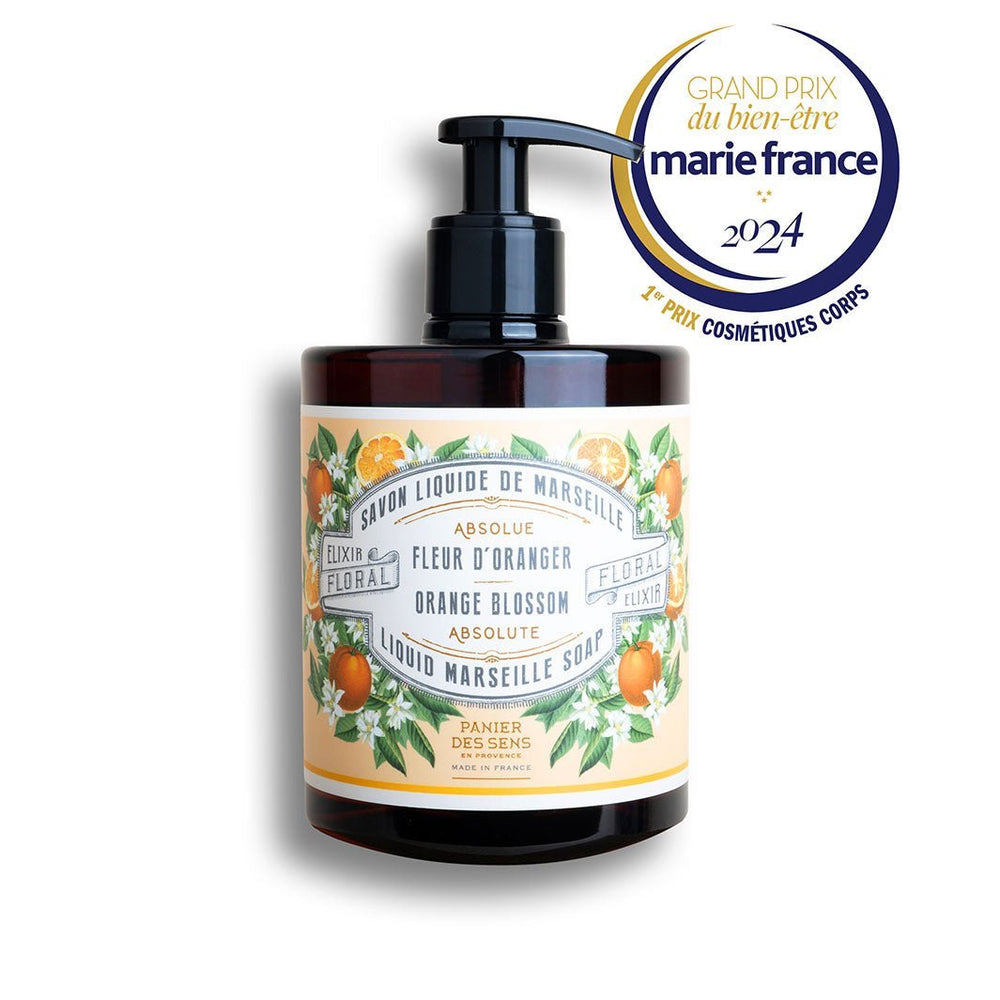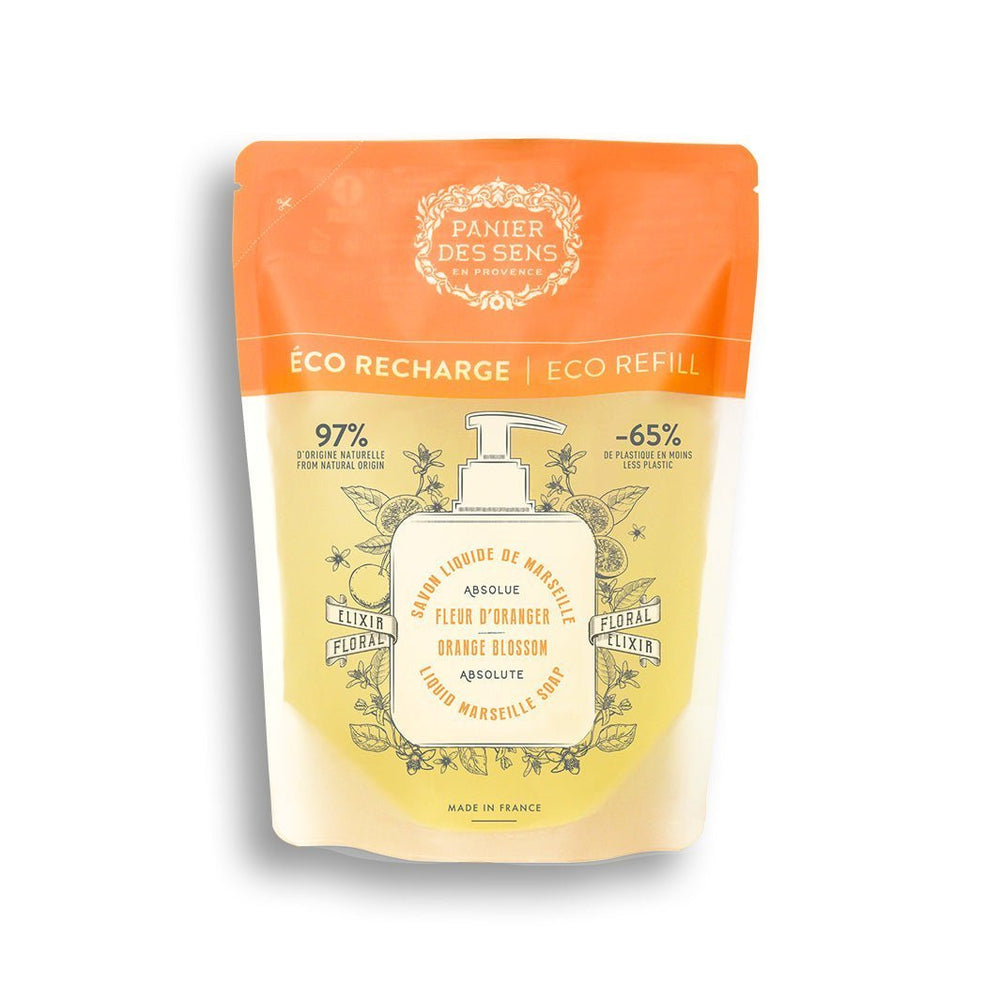What are the olfactory cues for an eau de toilette ?
The exceptional nature of eaux de toilette lies in their ability to evoke emotions, memories and sensations through a symphony of olfactory notes. But have you ever wondered what lies behind their delicate, captivating compositions? Whether you're a novice or a perfume enthusiast, understanding the olfactory cues behind an eau de toilette toilette can transform your experience of this precious creation.
As we explore, you'll discover the olfactory families that characterize these subtle blends, from intoxicating floral notes to soothing woody accords. We'll demystify fragrance structure, precisely distinguishing the top, heart and base notes that harmonize compositions. Finally, we'll analyze how these aspects evolve on your skin, influencing the persistence and diffusion of aromas for lasting olfactory pleasure.

The olfactory families of an eau de toilette
Floral notes in eau de toilette
Floral notes, true jewels of perfumery, evoke gardens in bloom and sumptuous bouquets. They come in a multitude of variations, from the delicate scent of rose to the powdery accents of jasmine and the luminous nuances of lily of the valley. Imagine yourself in spring, surrounded by a bed of brilliant flowers: that's the feeling recreated by the eaux de toilette with floral notes. These fragrances add a feminine, romantic touch, ideal for those who wish to embody softness and elegance.
Woody notes in eau de toilette
In contrast to the lightness of floral notes, woody notes bring depth and mystery to an eau de toilette. They recall ancient forests, with their rich, enveloping scents. Sandalwood, cedar and vetiver are all examples of woody essences that give these fragrances a timeless, sophisticated dimension. Perfect for subtly asserting one's character, these fragrances are particularly well suited to those seeking a long-lasting scent that leaves a memorable mark.
The fragrance structure of an eau de toilette
eau de toilette top notes
Top notes are the first olfactory impression you get when you spray an eau de toilette. They are often light, fresh and volatile, dissipating quickly to make way for the next notes. Imagine the sparkling aromas of citrus fruits such as lemon, bergamot or mandarin: these dynamic scents awaken your senses and immediately capture your attention. Top notes play a crucial role in instantly attracting interest and setting the initial tone of the fragrance.
The heart notes of an eau de toilette
Let's move on to the heart notes, the true soul of the fragrance. Once the top notes have evaporated, they take over to reveal the full complexity and depth of the composition. Floral accords such as rose, jasmine or ylang-ylang often dominate, but subtle spices such as cinnamon or clove can also be found here. These intermediate notes linger on your skin for several hours, gradually revealing their rich, nuanced character.
eau de toilette base notes
Finally, the base notes give theeau de toilette its longevity and distinctive trail. They are composed of heavy, persistent essences that anchor the fragrance in a lasting dimension. Patchouli, musk, amber and precious woods such as cedar and sandalwood are among these deep, enveloping ingredients. These final olfactory touches develop slowly over hours to offer a prolonged sensory experience that leaves an indelible imprint on your memory.
It's this complex architecture - a harmonious balance between volatile opening notes, rich heart accords and long-lasting bases - that gives each eau de toilette its unique signature. By understanding this delicate fragrance structure, you can better appreciate each olfactory stage your favorite fragrance goes through.
The evolution of an eau de toilette 's olfactory cues on the skin
Initial perception of olfactory cues
When you spray an eau de toilette, the first encounter with its aromas is often striking. The light, volatile top notes are immediately apparent. Imagine the bright fragrance of freshly cut bergamot or the sparkling energy of lemon zest: these scents instantly awaken your senses. This initial phase is a veritable olfactory prelude, captivating your attention and inviting you to discover the deeper nuances of the fragrance.
The persistence and diffusion of olfactory cues
As the hours go by, theeau de toilette reveals all its complexity as it evolves on your skin. The heart notes, the true pillars of the fragrance, then take over. Here, floral accords like jasmine or ylang-ylang unfold their richness, sometimes accompanied by subtle spices like cardamom or cinnamon. These intermediate notes linger for several hours, offering a nuanced depth that gently evolves with your body heat.
Then come the base notes, anchoring the fragrance in a lasting, enveloping dimension. Earthy patchouli, sensual musk and precious woods like sandalwood slowly infuse their essence into your skin. These final touches offer a prolonged sensory experience, leaving behind a distinctive, memorable trail.
This delicate balance between initial volatility and deep persistence is the charm of a well-designed eau de toilette . By understanding this evolution of olfactory cues on your skin, you can fully appreciate every stage of the sensory journey offered by your favorite fragrance.
We recommend these other pages:
- What's the difference between eau de toilette and eau de parfum?
- Do quality certifications help you recognize an eau de toilette ?
- Eau de toilette : what clues on the packaging guarantee its authenticity?
- How can you tell the difference between an eau de toilette and an eau de cologne?
- Can you tell an eau de toilette by its price?







































